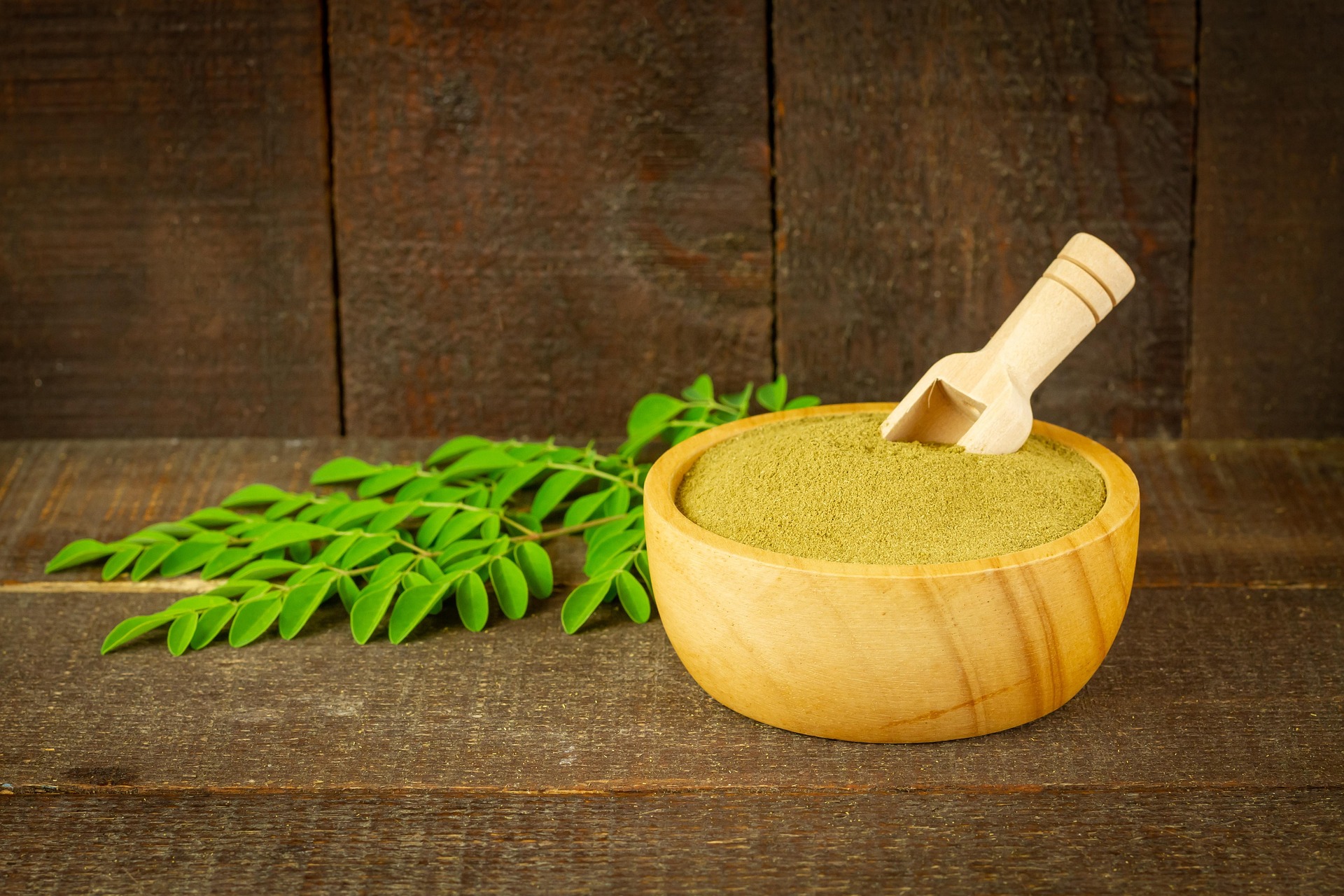Subtotal ₹0.00

We all know about moringa (Drumsticks) aka Sehjan. It is considered a superfood due to its higher nutritional value. Moringa leaves are also extremely nutrient-dense and widely used in Ayurveda and modern nutrition.
In this article, I’ll share the benefits and ways to include drumstick leaves in your diet.
Here are their main health benefits –
Nutritional Richness
High in protein – rare for plant leaves (contains all 9 essential amino acids).
Packed with vitamins – A, C, E, and K.
Rich in minerals – calcium, iron, magnesium, potassium, and zinc.
Good source of fiber – aids digestion.
Key Health Benefits –
- Boosts Immunity – Vitamin C, zinc, and antioxidants strengthen resistance to infections.
- Supports Healthy Skin & Hair – Vitamin A & E help maintain skin glow and reduce signs of aging; iron supports hair growth.
- Manages Blood Sugar – Studies suggest moringa helps lower blood sugar levels, useful for people with diabetes.
- Supports Heart Health – Antioxidants and potassium help regulate blood pressure and cholesterol.
- Anti-Inflammatory – Helps reduce inflammation in joints, muscles, and chronic conditions.
- Supports Digestion – Fiber improves gut health and reduces constipation.
- Boosts Energy & Reduces Fatigue – High iron content combats anemia and tiredness.
- Bone Strength – Calcium and phosphorus support strong bones.
- Brain Health – Rich in antioxidants, omega-3 fatty acids, and vitamin E that may improve memory and focus.
- Detoxifying – Moringa leaves Helps cleanse the liver and blood.
Different ways to include drumstick leaves in your diet
As powder: You can make plain moringa powder using its leaves.
I remember one of my cousins used to make it for herself. She said that she has a moringa tree in her backyard in the village. When she went to study in another city, she made Morinda powder at home and took it there. In the hostel, she used to put one spoon of moringa powder in Daal, Sabji or whatever she got. Because of that she got relief from restless legs and other problems.
For making Moringa powder, take its leaves, wash them and keep them on a terrace for drying. After one day, when they are completely dried, grind in a mixer, separate the large residues with a strainer, and you will get moringa powder at home.
You can also take this powder with lukewarm water.
In Daal or sabji: These super-rich leaves can be used in making Daal
or sabji to add more nutrition to your meal. I sometimes use them in the same way. I pluck some leaves from my backyard tree, wash them and put them in the cooker with lentils for making Daal.
Sometimes when I run out of vegetables and there is no time to go out, I make moringa leaves and potato mixed sabji, which not only adds flavour to it but also makes it healthier. When there is a season of making pakora or fritters, I willingly add finely chopped drumstick leaves to it.
While making chapati: Add finely chopped drumstick leaves, finely chopped onion, chillies, carom seeds, nigella seeds, cumin seeds, and salt as per taste. Knit the dough with little water. Now you can make the moringa chapatis.







